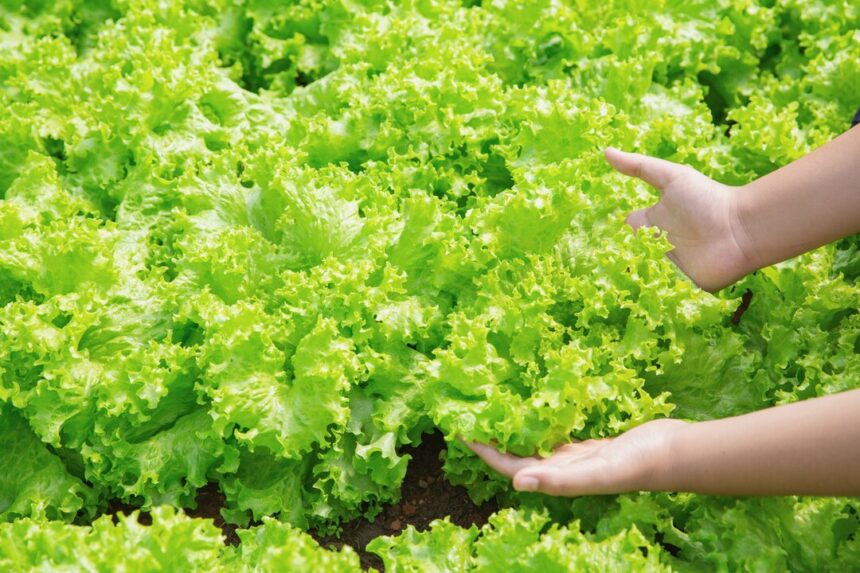Lettuce, a staple in South African cuisine, is not only cherished for its refreshing taste but also for its nutritional value. As the demand for high-quality lettuce rises, farmers are constantly seeking innovative techniques to improve both yield and quality. Here are some effective methods for enhancing lettuce farming in South Africa:
- Selective Variety Cultivation:
Choosing the right lettuce varieties adapted to local climates and soil conditions is paramount. Varieties like Butterhead, Romaine, and Iceberg have proven successful in various regions of South Africa. Select cultivars known for their disease resistance, rapid growth, and desirable traits such as texture and flavor. - Precision Irrigation Management:
Implementing precision irrigation techniques such as drip irrigation or micro-sprinklers ensures efficient water delivery directly to the plant roots, reducing water wastage and maintaining optimal moisture levels. Utilize soil moisture sensors and weather data to schedule irrigation, adjusting based on real-time conditions and plant needs. - Soil Health Enhancement:
Prioritize soil health through practices like crop rotation, cover cropping, and the application of organic amendments. Healthy soil with balanced nutrients and improved structure promotes robust root development and nutrient uptake, leading to healthier and more productive lettuce plants. - Integrated Pest Management (IPM):
Adopting IPM strategies helps control pests and diseases while minimizing reliance on chemical pesticides. This approach combines biological controls, cultural practices, and targeted pesticide applications, reducing environmental impact and preserving natural predators of pests. - Protected Cultivation:
Greenhouse or tunnel cultivation provides a controlled environment that protects lettuce crops from adverse weather conditions, pests, and diseases. These structures allow for optimal temperature, humidity, and light management, resulting in higher quality and consistent yields year-round. - Optimized Plant Spacing and Density:
Proper plant spacing and density optimization maximize sunlight exposure, airflow, and nutrient availability for each lettuce plant. This prevents overcrowding, reduces competition for resources, and promotes uniform growth, leading to higher yields and better-quality produce. - Regular Monitoring and Management:
Regularly monitor lettuce crops for signs of pests, diseases, nutrient deficiencies, and environmental stressors. Prompt action, such as targeted pesticide application, nutrient supplementation, or adjustments to irrigation and fertilization, helps maintain crop health and productivity. - Post-Harvest Handling:
Implement proper post-harvest handling practices to preserve lettuce quality and extend shelf life. Rapid cooling, proper packaging, and storage in controlled environments help maintain freshness, crispness, and nutritional value from farm to table.
By employing these techniques, South African lettuce farmers can enhance both the quality and yield of their crops, meeting consumer demand for fresh, nutritious, and flavorful lettuce year-round.
Join 'Farmers Mag' WhatsApp Channel
Get the latest Farming news and tips delivered straight to your WhatsApp
CLICK HERE TO JOIN






